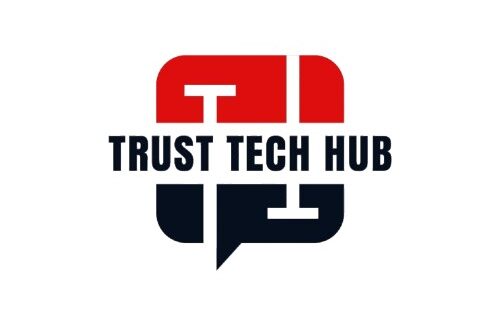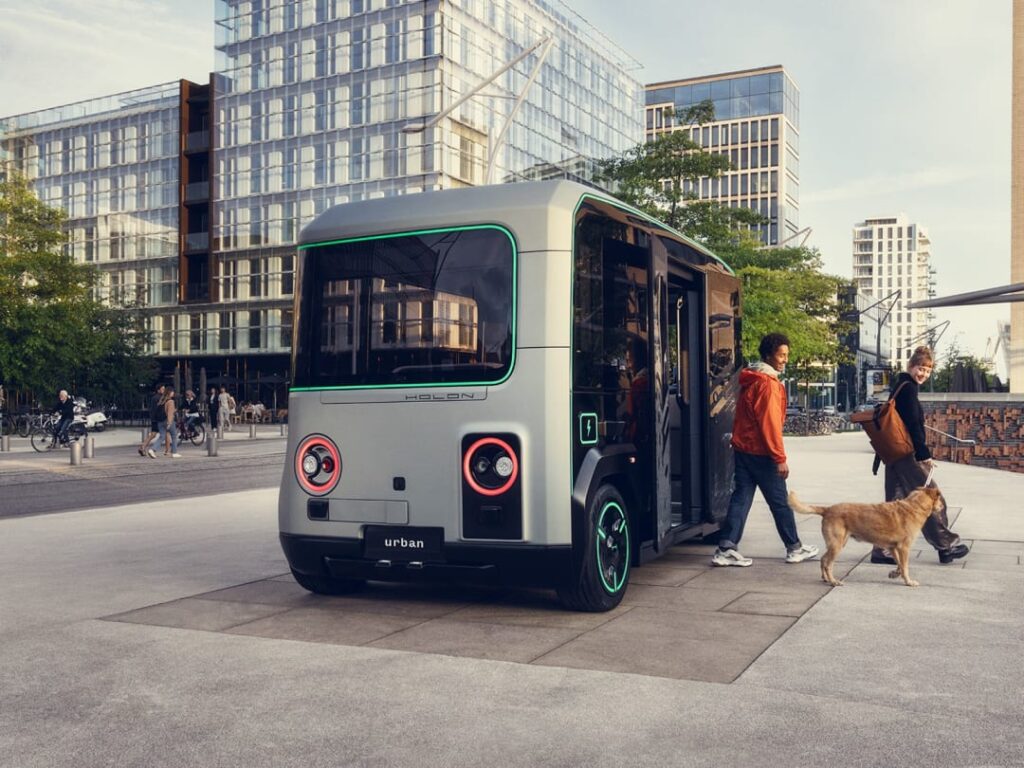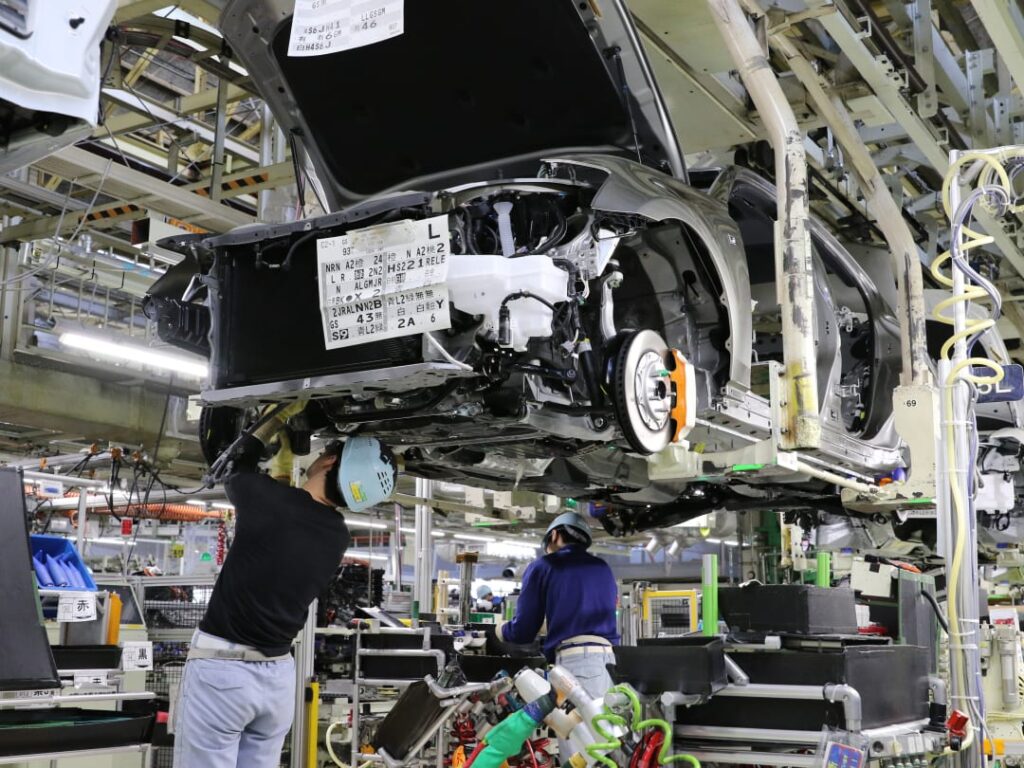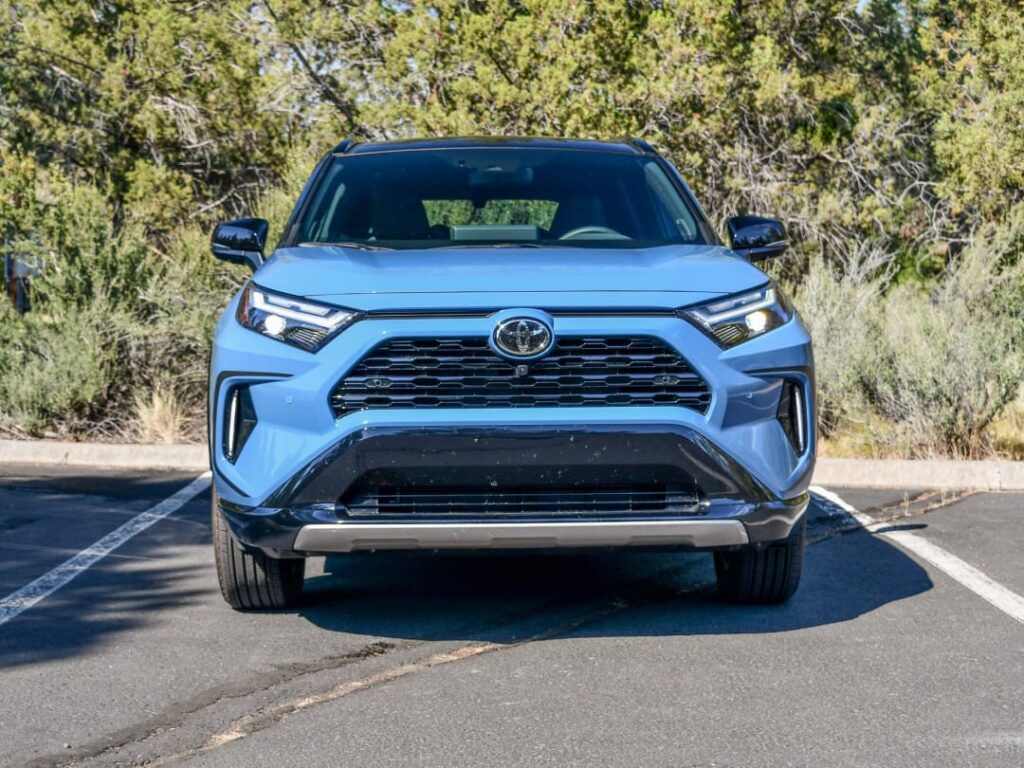Lyft is poised to transform ride‑hailing once again—this time by rolling out fully autonomous, electric shuttle buses with no steering wheel or pedals by the end of 2026. Partnering with Benteler’s mobility division, Holon, and leveraging Mobileye’s Level 4 self‑driving platform, Lyft plans to deploy purpose‑built, 15‑passenger minibuses in major U.S. cities and airports. Here’s an in‑depth look at how this ambitious project came together, what to expect, and how it compares to other autonomous vehicle (AV) strategies on the market.
From Concept to Reality: The Holon Urban Shuttle
A Design Born for Autonomy
The centerpiece of Lyft’s new service is the Holon Urban, an electric shuttle engineered from scratch for driverless operation. Unlike retrofitted vans—which shoehorn autonomy into an existing design—the Urban features:
- No steering wheel or pedals: Eliminating human‑control interfaces makes cabin layouts more flexible and helps streamline manufacturing.
- Capacity for 15 passengers: Nine seated and six standing, meeting the needs of high‑volume corridors like airport shuttles or dedicated downtown loops.
- Level 4 autonomy: Mobileye’s AV stack allows the shuttle to pilot itself without human oversight—in defined, geo‑fenced zones such as business parks, campuses, or dedicated curbside lanes.
Strategic Partnerships & Production Timeline
- Benteler & Holon Collaboration
- Benteler, a German engineering giant, developed the Urban under its Holon mobility arm. Their expertise in automotive structures and safety systems ensures a robust, scalable platform.
- By partnering—rather than building in‑house—Lyft minimizes capital risk and accelerates deployment.
- Mobileye’s Drive
- Mobileye, an Intel subsidiary, provides the core autonomy software and sensor suite. Their proven Level 4 system is already road‑tested in various pilot programs, reducing integration headaches.
- Jacksonville Assembly Hub
- To sidestep overseas tariffs and simplify logistics, final assembly begins in Jacksonville, Florida, in early 2025. This domestic plant will scale production in line with city‑by‑city rollout plans.
- Phased Launch
- 2025: First pilot units constructed and tested in controlled environments.
- Late 2026: Public service begins, integrated seamlessly into the existing Lyft app—users book a Holon shuttle as easily as requesting any Lyft ride.
Lyft’s AV Playbook vs. the Competition
- Lyft’s “Partner & Scale” Model
– Pros: Faster time to market, lower capital outlay, best‑in‑class expertise from Benteler and Mobileye.
– Cons: Less internal control over hardware evolution, reliance on third‑party production capacity. - Waymo’s Fleet‑Ownership Approach
– Waymo builds and maintains its own vehicles—offering tight quality control but incurring steep R&D and manufacturing costs. - Uber’s Shifting AV Strategy
– After several setbacks, Uber has oscillated between in‑house AV development and external partnerships. That uncertainty has slowed its path to a reliable driverless network.
Analysts suggest Lyft’s measured, partnership‑first route may be the most sustainable—especially as public patience for buggy early‑stage autonomous services wanes.
Integrating Shuttles into Everyday Mobility
- Seamless Booking: Holon shuttle rides will appear alongside cars in the Lyft app.
- Predictable Service: Fixed routes and schedules reduce variability, improving on‑time reliability compared to on‑demand cars.
- Cost Efficiency: Shared rides in a dedicated shuttle may become Lyft’s most affordable—potentially undercutting conventional pooled rides.
Challenges Ahead
- Regulatory Coordination
– Early engagement with city planners and transit agencies will be crucial to secure curbside permits, dedicated lanes, and safety approvals. - Public Perception & Trust
– High‑visibility incidents in other AV programs have made riders—and local leaders—cautious. Lyft will need transparent safety metrics and robust outreach to build confidence. - Mixed Traffic Environments
– Navigating crowded urban streets, school zones, and unpredictable pedestrian behavior remains one of autonomy’s toughest hurdles.
Why 2026 Is a Pivotal Year for Lyft
By the close of 2026, Lyft aims not only to offer traditional ride‑hail cars but also a growing network of autonomous shuttles—marking a dramatic shift from human‑driven services toward a flexible, multi‑modal mobility platform. If executed successfully, Holon shuttles could:
- Alleviate congestion on busy routes
- Provide lower‑cost shared transit options
- Serve as a reliable first‑ and last‑mile connector at major transport hubs
In contrast to one‑off AV experiments, Lyft’s holistic, app‑integrated strategy positions the company to redefine urban transportation—moving beyond rideshare to a seamless blend of human‑driven cars, bikes, scooters, and now, driverless shuttles. Watch for pilot programs in select cities starting later this year, and get ready to tap a button and ride into the future—no driver required.







